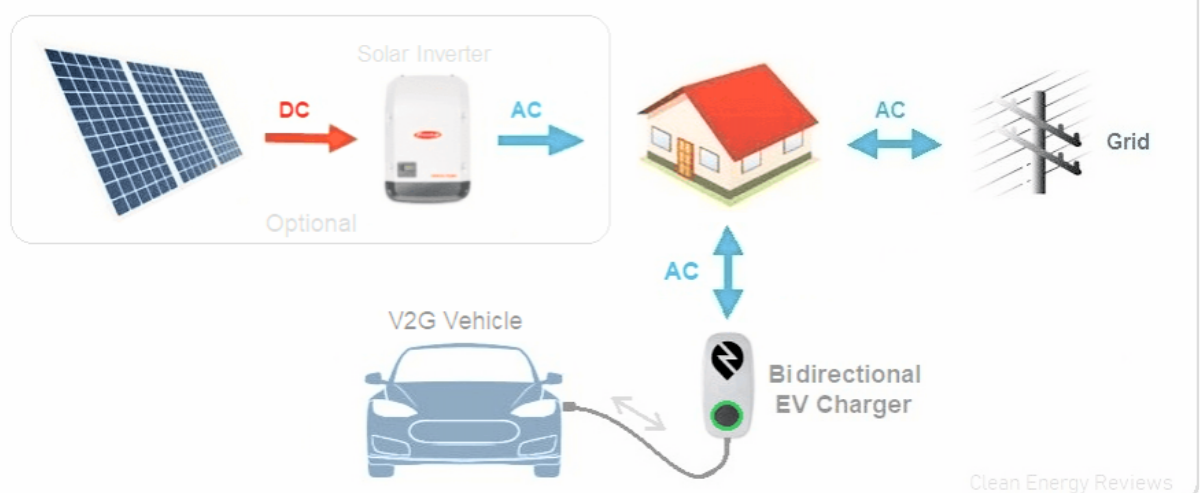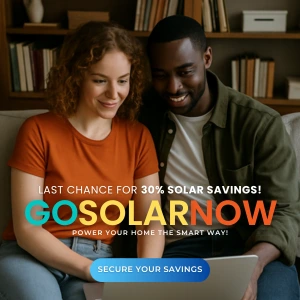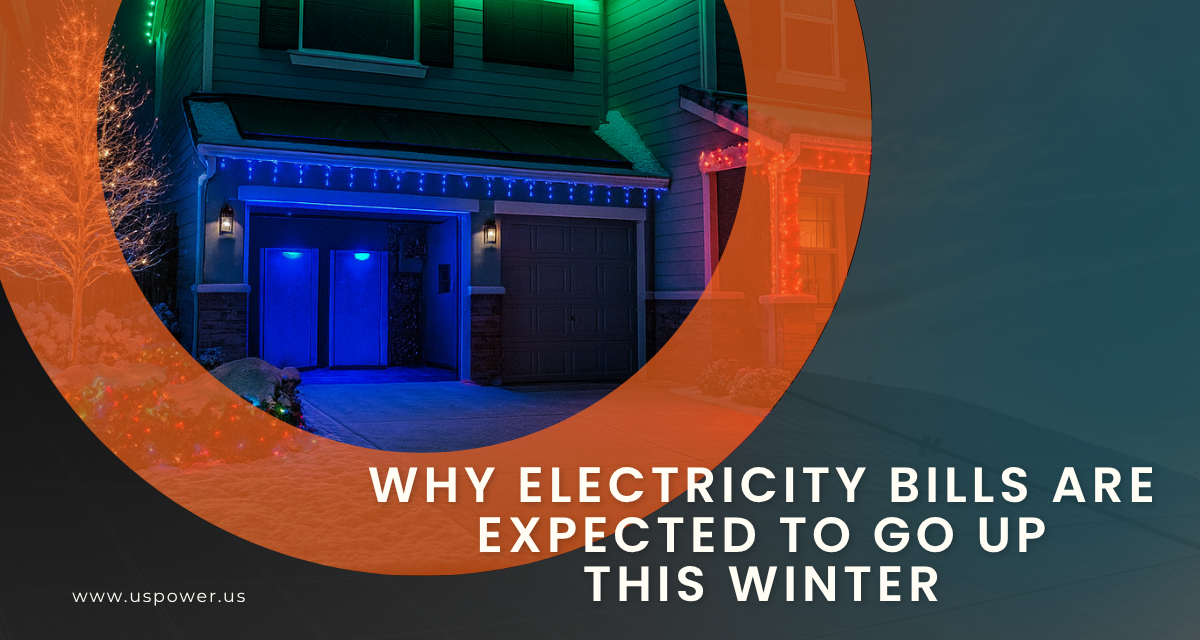Is Vehicle-to-Grid Power Finally Here?

Solar and Roofing Advisor
In 2025, V2G projects like Ford and BGE’s pilot are proving what’s possible. See how US Power prepares California homes for the next wave of clean energy.

Electric vehicles (EVs) are transforming transportation—but in 2025, they’re also beginning to transform the power grid itself. Imagine your car not only taking you to work but also powering your home or sending energy back to the grid when demand spikes. That’s the promise of Vehicle-to-Grid (V2G) technology, and it’s finally stepping into real-world deployment.
For homeowners across Southern California already exploring solar and battery systems, V2G could be the next big leap toward energy independence and grid resilience. Here’s how it’s unfolding—and how US Power is helping homes prepare for this future.
What Is Vehicle-to-Grid (V2G) — And Why It Matters
V2G (Vehicle-to-Grid) enables energy to flow both ways between an EV and the grid. It allows your vehicle to act as a mobile energy storage unit, discharging electricity during peak hours or outages, and recharging when power is cheap or abundant.
Related Technologies
- V2H (Vehicle-to-Home): Powering your house directly from your EV.
- V2L (Vehicle-to-Load): Powering smaller devices or appliances on demand.
- V2X (Vehicle-to-Everything): The full ecosystem of vehicle energy exchange.
For solar homeowners, these concepts are game-changing—offering new ways to store, sell, and share power generated by the sun.
2025: The Year V2G Moves From Theory to Reality
While still early in adoption, V2G has made major strides worldwide:
- Australia: A one-year trial in Exmouth showed EVs successfully supporting local grid loads during demand peaks.
- Europe: A Dutch car-sharing firm deployed 500 Renault EVs capable of bi-directional charging, feeding surplus power to the local grid.
- California: Pilot programs through SDG&E and Nuvve are testing aggregated school bus fleets providing stored energy during peak times.
A Breakthrough Pilot in Maryland
In the U.S., one of the most promising signs of progress is happening on the East Coast. Baltimore Gas and Electric Co. (BGE) has launched a vehicle-to-grid project in partnership with Ford and Sunrun, allowing Ford F-150 Lightning owners to send power from their trucks to the grid—and get paid for it.
The catch? The pilot currently includes just three vehicles.
This limited scale highlights both the potential and the challenges of V2G adoption. As Inside Climate News reported, EVs already account for the vast majority of lithium-ion batteries being produced today. When those batteries sit idle in garages, they represent a massive untapped resource that could strengthen the grid and generate income for drivers.
To unlock that potential, utilities, automakers, and regulators must move beyond small pilots and establish large-scale programs that compensate participants fairly and reliably.
Why V2G Is Crucial for Southern California
1. Soaring Energy Costs
Southern California residents face some of the highest electricity rates in the nation, with utilities like SCE and LADWP continuing to raise time-of-use (ToU) rates. V2G enables EV owners to store low-cost energy (or solar excess) and sell it back to the grid during expensive peak periods—helping offset household bills.
2. Solar and Battery Synergy
For homeowners who already produce their own solar power, V2G acts as an extension of the home battery. Your EV becomes an additional layer of energy storage, helping maximize solar utilization and minimize grid dependence.
3. Backup Power During Outages
Wildfire risks and grid instability have made blackouts increasingly common in SoCal. With V2H capability, EVs can power essential household loads for hours—or even days—when the grid goes down.
4. Potential Revenue Streams
Once California expands V2G participation programs, homeowners could earn compensation for supporting grid reliability—turning EV ownership into a passive income source.
The Barriers Holding V2G Back
| Challenge | Impact |
|---|---|
| Limited Pilots & Policy Frameworks | Programs like BGE’s highlight progress but show how rare true V2G compensation models remain. Utilities must scale these to broader regions. |
| Battery Wear Concerns | Frequent charge/discharge cycles could shorten battery life, though new studies show optimized use causes minimal degradation (~2%). |
| Infrastructure Complexity | Smart meters, compatible chargers, and secure communication protocols are essential before utilities can integrate EV energy safely. |
| Regulatory Lag | California is ahead in EV adoption, but still needs clear market rules for distributed grid assets like V2G systems. |
| Consumer Awareness | Many EV owners are unaware of bidirectional charging capabilities or how they can participate. |
How US Power Is Helping Homeowners Prepare
At US Power, we’re building systems designed for the future of energy. Through our exclusive partnership with QCells, we deliver high-efficiency, American-made solar panels at factory-direct pricing, ensuring your investment is built to last and ready for next-generation technologies like V2G.
Why Partner with US Power
✅ Expertise in SoCal energy systems: We navigate the unique interconnection rules and NEM programs of LADWP, SCE, and SDG&E.
✅ Smart solar design: Every system we install is future-ready, compatible with upcoming V2G and EV technologies.
✅ Energy resilience built-in: Solar + storage + smart inverter design ensures you stay powered even during outages.
✅ American-made efficiency: Our QCells partnership supports domestic manufacturing and gives homeowners long-term reliability with top-tier performance.
How to Get Ready for Vehicle-to-Grid Power
- Install a solar + battery system with bidirectional-ready components.
Smart inverters and compatible chargers ensure your home can participate in future V2G programs. - Choose a V2G-capable EV model.
Ford’s F-150 Lightning and select Nissan and Hyundai models already support bidirectional power flow. - Stay updated on California V2G initiatives.
Keep an eye on new pilot programs or incentives through the California Public Utilities Commission (CPUC) and CAISO. - Work with a local expert.
Partner with a solar installer that understands grid requirements, smart energy systems, and how to integrate solar, battery, and EV infrastructure seamlessly.
The Road Ahead
In 2025, Vehicle-to-Grid power is no longer a dream—it’s an early-stage reality. Projects like Baltimore Gas and Electric’s Ford F-150 pilot prove that utilities and automakers are starting to collaborate on real solutions. Yet for this technology to reshape the grid, California must lead the way in scaling programs beyond pilots.
Homeowners who act now—investing in solar and smart energy systems—will be first in line to benefit once V2G becomes mainstream.
Future-proof your home with US Power.
As Southern California’s trusted solar installer, we’ll help you design a QCells-powered solar system that’s EV- and V2G-ready—so when utilities open the door to full-scale grid participation, you’ll already be equipped to save more, earn more, and stay powered through anything.
Schedule your free smart energy consultation today — and take the first step toward a connected, energy-independent future.
Related Articles
Our Related Blogs
Your 2025 solar rebate window is closing fast. Act before ends this December 2025.
Cut holiday power costs during winter rate hikes with US Power solar savings.
Energy costs in Southern California aren’t slowing down—making it the clear choice.
Our Solar and Roof Brand Partners








We empower communities and businesses to harness clean, renewable solar energy solutions that drive sustainable growth.
Ready to Own Your Power? Call us today!
818-650-8010
Copyright © 2025 US Power - Axia by QCells. All Rights Reserved.
Privacy is important to us, so you have the option of disabling certain types of storage that may not be necessary for the basic functioning of the website. Blocking categories may impact your experience on the website.
Essential
These items are required to enable basic website functionality.
Personalization
These items allow the website to remember choices you make (such as your user name, language, or the region you are in) and provide enhanced, more personal features.
Marketing
These items are used to deliver advertising that is more relevant to you and your interests.
Analytics
These items help the website operator understand how its website performs, how visitors interact with the site, and whether there may be technical issues.
We and our third-party partners use cookies and other technologies to enhance and track your experience on this site, conduct analytics, and personalize marketing to you. By using the site, you agree to our use of these technologies, including recording and monitoring your interactions with the site.
Get an instant solar estimate using satellite!









